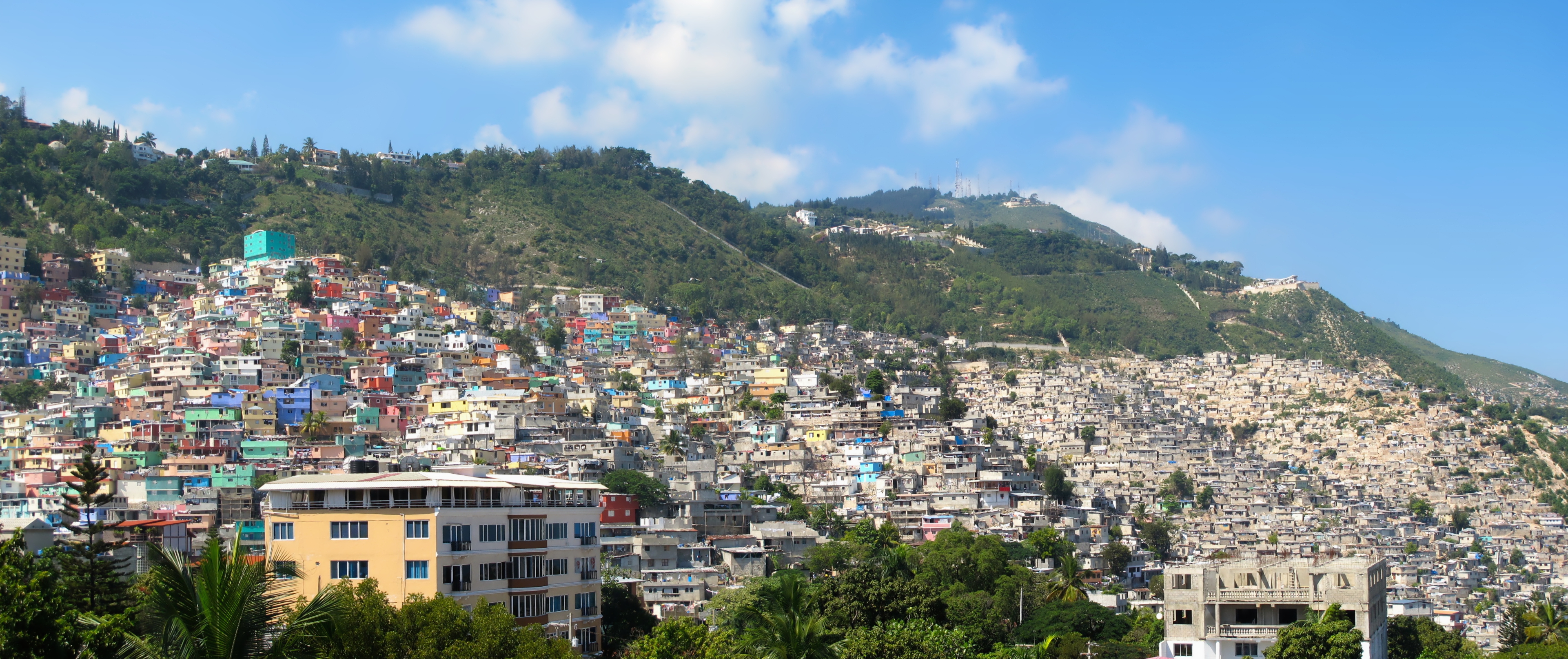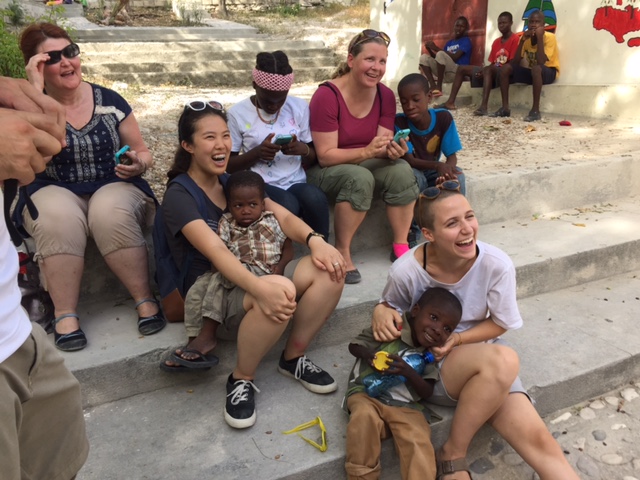
After a hectic week at the orphanage and the hospital, the team finally had a whole day to relax. We set out on a two-hour drive to a beach resort called Kalico, first stopping by a supermarket to pick up a few delicacies to bring back home. The beach was absolutely beautiful; the water was bright blue and vacant of any murkiness characteristic of the beaches back in the States. And, as surprising as this may sound to New Englanders, the water was warm. Several of us played “Apples to Apples” which somehow raised several existential questions influenced by Kate and author Albert Camus. For lunch, the team ate at the resort’s buffet, which was delicious, although we had to be careful to eat safe food. The several hours spent at the beach revived our tired souls, but it was also a reminder that Haiti is not purely a stereotypical poverty-stricken country. Yes, it is true that Haiti is the poorest country in the Western Hemisphere, but it is not solely that. The wondrous colors and atmosphere of the beach clearly show the beauty of the land and surrounding waters of Haiti. We saw Haitians at the resort looking at the American, French, and Spanish tourists with pride that can only be seen as directed towards their country. This beauty and pride exemplified by our beach trip signified that there was much more to the culture of Haiti than just its poverty. Unfortunately, this side of Haiti is often neglected or ignored, and we have much more of it to explore.

Alicia




